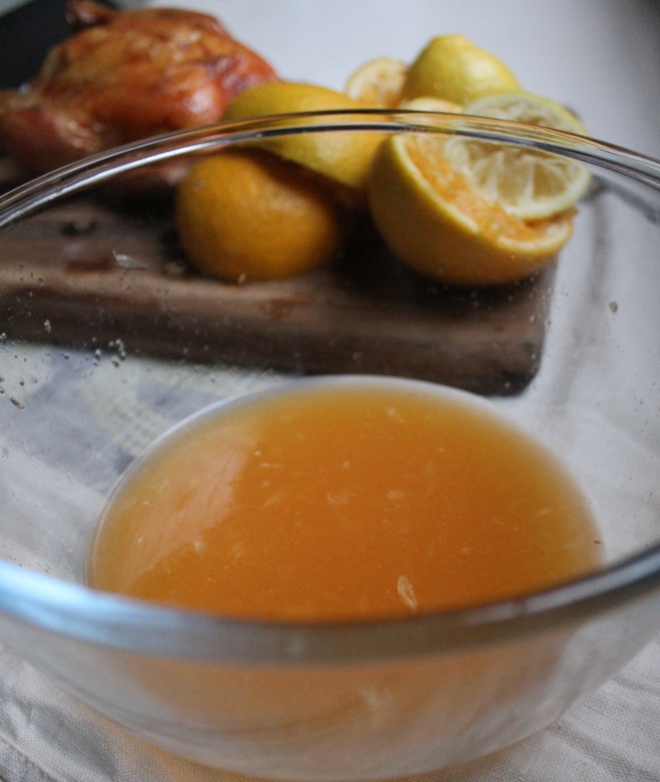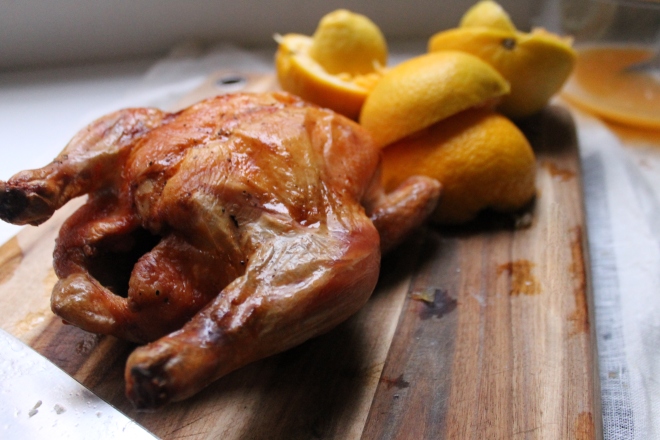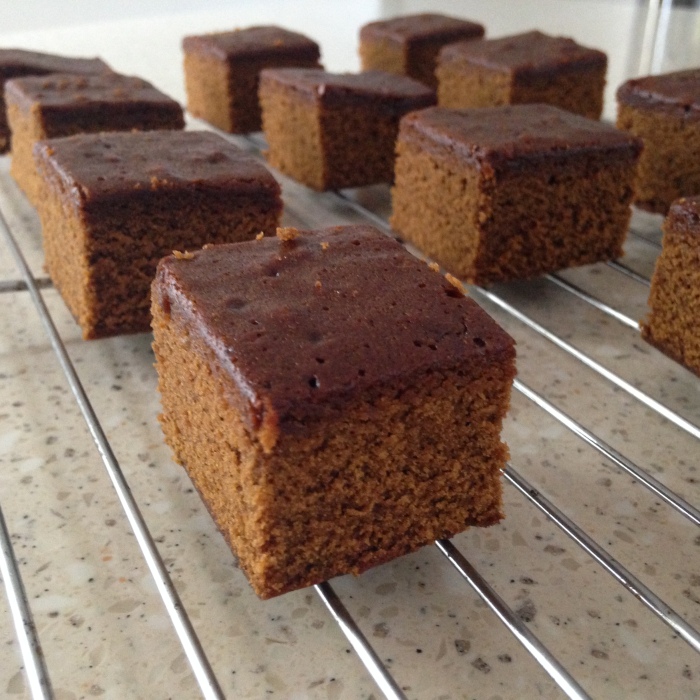 It’s only 4 sleeps till Christmas and as of today I am in full preparation mode. The menu is ready, the pudding has been steamed, the cranberry-spiced cake has been baked and I’ve even managed to fit in a couple of historical recipes. I hope your preparations are going as well, and happy holidays to you all!
It’s only 4 sleeps till Christmas and as of today I am in full preparation mode. The menu is ready, the pudding has been steamed, the cranberry-spiced cake has been baked and I’ve even managed to fit in a couple of historical recipes. I hope your preparations are going as well, and happy holidays to you all!
Before we hit the new year though, I have a couple of historical, festive dishes to share. The first, gingerbread, is something that I’ve talked about before, but this version is very different from the 15th century candy that I made last time. Yet this gingerbread still isn’t the type to be cut into shapes and iced.
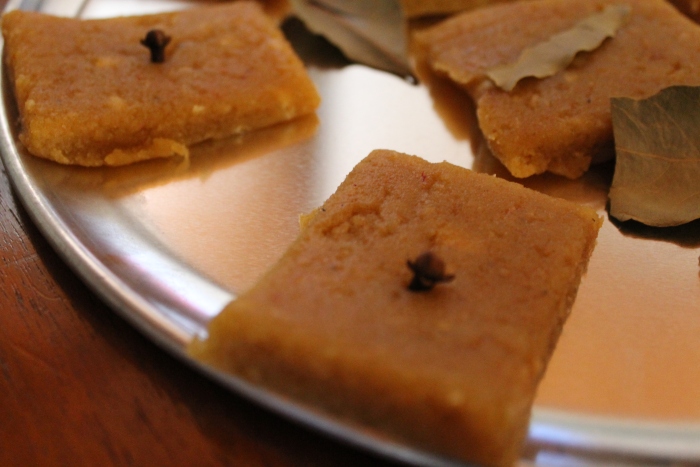
15th century gingerbread is very different from the gingerbread that we know now
Gingerbread has had a connection to Christmas for centuries, but it was in the late 17th and early 18th century that it became something similar to the cookies that we know today.
Martha Washington’s cookbook shows how gingerbread has evolved over time, containing recipes for both the older style of gingerbread, made with honey and breadcrumbs, and the later baked style. One recipe mentions that the medieval style can be made into “prints or roules as you like them best, or cakes, but prints is most used after the second course in christmas.”[1] This is presumably the origins of the shaped cookies that appear later.
At that time the book includes a recipe for baked gingerbread, called Pepper Cakes. Originally made using honey, but quickly changing to molasses and treacle, this type of gingerbread comes in two basic forms: a thin, often shaped biscuit, or a thick, spicy cake. Much as I love gingerbread biscuits, I thought it was time to try a cake version. Although gingerbread cakes are still made today, they are less common than the biscuits, but certainly no less delicious!
There are some great blog posts on other blogs about the history of gingerbread (although not many of them mention the cake) so if you would like to read more about gingerbread follow the links below.
English Gingerbread Old and New from The Recipes Project
Gingerbread in literature from Gastronomy Archaeology
Through the Ages with Gingerbread from The Old Foodie
Block Gingerbread from Food History Jottings
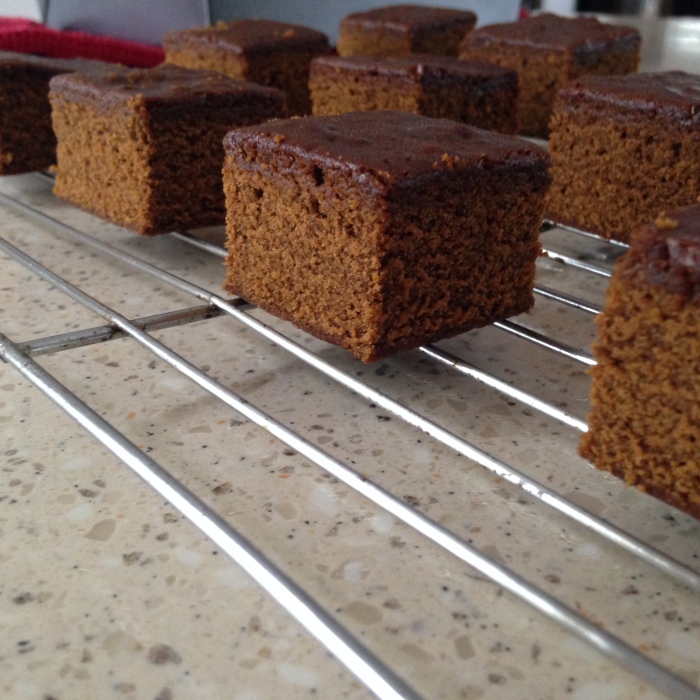
The Recipe
This recipe for gingerbread comes from The Corner Cupboard: A Family Repository, published by the prolific Robert Kemp Philp. Like many of the other works Philp edited, this is a compendium of recipes, housekeeping tips and tricks, and anecdotes.
Gingerbread – Whisk four strained or well-cleared eggs to the lightest possible froth (French eggs, if really sweet, will answer for the purpose), and pour to them, by degrees, a pound and a quarter of treacle, still beating them lightly. Add, in the same manner, six ounces of pale brown sugar free from lumps, one pound of sifted flour, and six ounces of good butter, just sufficiently warmed to be liquid, and no more, – for if hot, it would render the cake heavy; it should be poured in small portions to the mixture, which should be well beaten up with the back of a wooden spoon as each portion is thrown in; the success of the cake depends almost entirely on this part of the process. When properly mingled with the mass, the butter will not be perceptible on the surface; and if the cake be kept light by constant whisking, large bubbles will appear in it to the last. When it is so far ready, add to it one ounce of Jamaica ginger and a large teaspoonful of cloves in fine powder, with the lightly grated rinds of two fresh full-sized lemons. Butter thickly, in every part, a shallow square tin pan, and bake the gingerbread slowly for nearly or quite an hour in a gentle oven. Let it cool a little before it is turned out, and set it on its edge until cold, supporting it, if needful, against a large jar or bowl.[2]
This makes a delicious, thick, spicy cake – kind of how I imagine parkin should be and although I was worried about the amount of ginger (remembering the parkin disasters) it was more like good ginger beer with a definite kick but no burn.
The Redaction
Gingerbread
2 eggs
285g treacle
90g brown sugar
228g flour
85g butter, melted and cooled
17g dried ginger
1/2 tsp ground cloves
Finely grated peel of 1/2 a lemon
- Brush a square cake tin with melted butter. Cut a piece of baking paper the size of the base of the tin, place it in the bottom of the tin and brush the paper with melted butter. Preheat the oven to 150˚C.
- Whisk the eggs until very frothy and holding small, soft peaks. Gradually add the treacle, whisking continuously until it is all combined.
- Gradually whisk in the sugar, the flour, and then the butter. Make sure that all of the ingredients are well incorporated, and that no butter is left on the surface of the mixture.
- Beat in the ginger, cloves and lemon rind. Large bubbles should still be appearing on the surface. If not, beat the mixture for a couple of minutes more. Pour the mixture into the tin and smooth the top.
- Bake for 1 hour, then remove and allow to cool slightly before turning the cake out onto a cooling rack. When cool, cut the cake into squares.
[1] Karen Hess, Martha Washington’s Booke of Cookery and Booke of Sweetmeats, Reprint edition (New York: Columbia University Press, 1996), 347.
[2] Robert Kemp Philp, ed., The Corner Cupboard, by the Ed. of “Enquire within upon Everything”. (London: J & W Rider, Printers, 14, Bartholomew Close, 1867), 13.
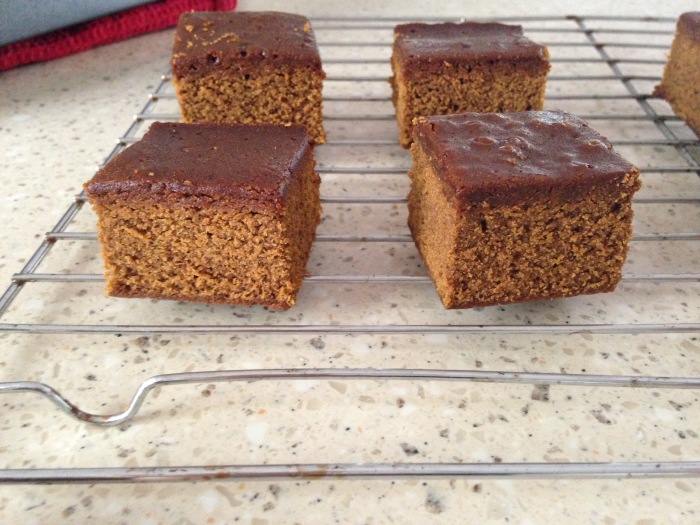
Bibliography
Hess, Karen. Martha Washington’s Booke of Cookery and Booke of Sweetmeats. Reprint edition. New York: Columbia University Press, 1996.
Philp, Robert Kemp, ed. The Corner Cupboard, by the Ed. of “Enquire within upon Everything”. London: J & W Rider, Printers, 14, Bartholomew Close, 1867.
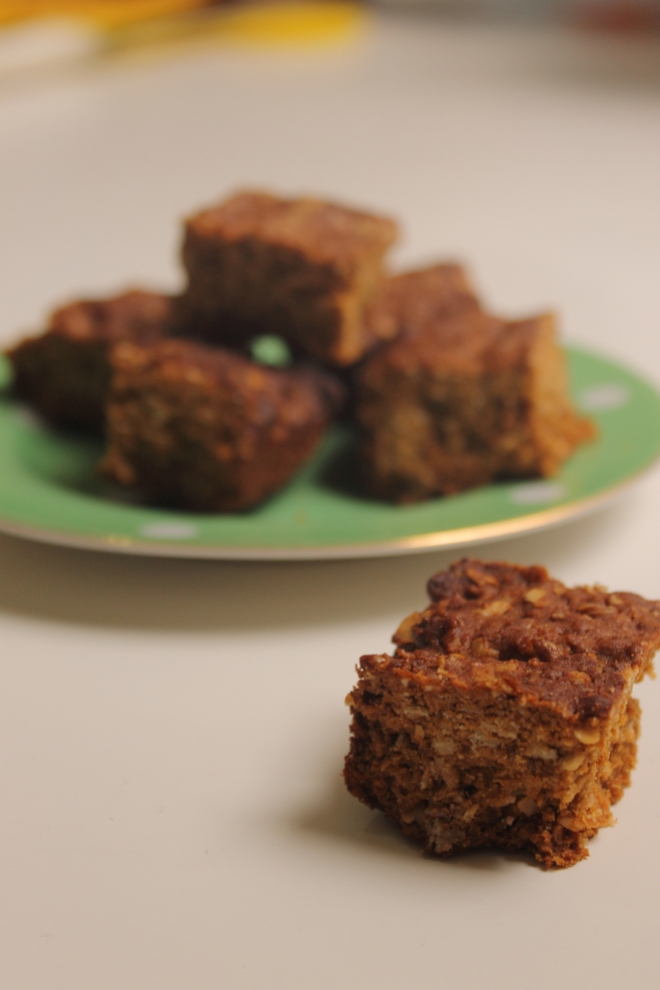
![By Spider.Dog (http://www.flickr.com/photos/spiderdog/2484274442/) [CC BY-SA 2.0 (http://creativecommons.org/licenses/by-sa/2.0)], via Wikimedia Commons](https://turnspitandtable.files.wordpress.com/2015/11/yorkshireparkin.jpg?w=660&resize=660%2C495)
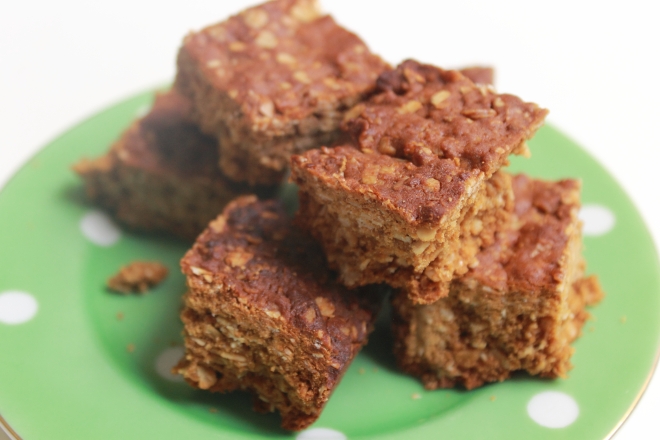



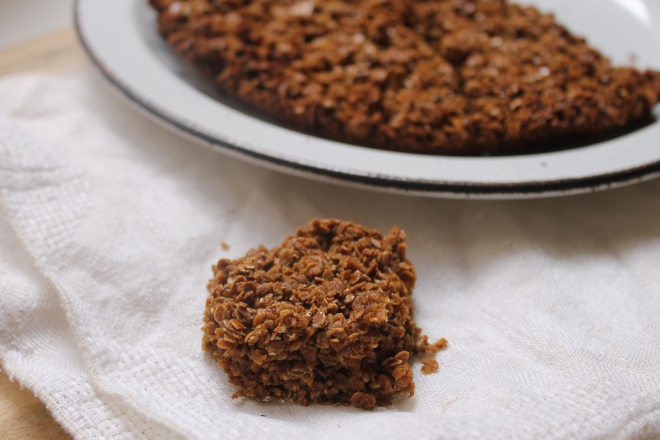
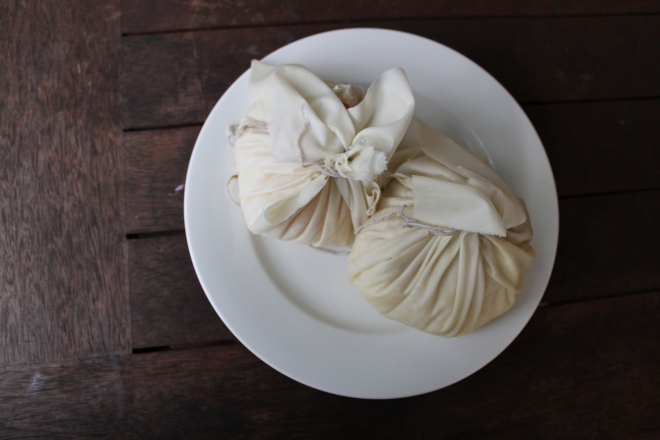
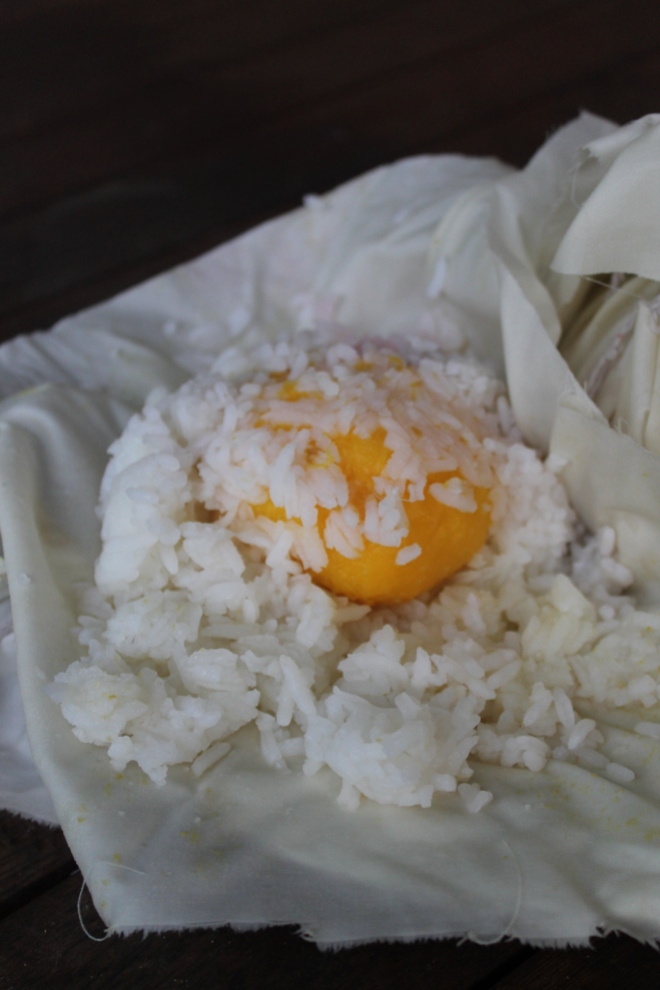
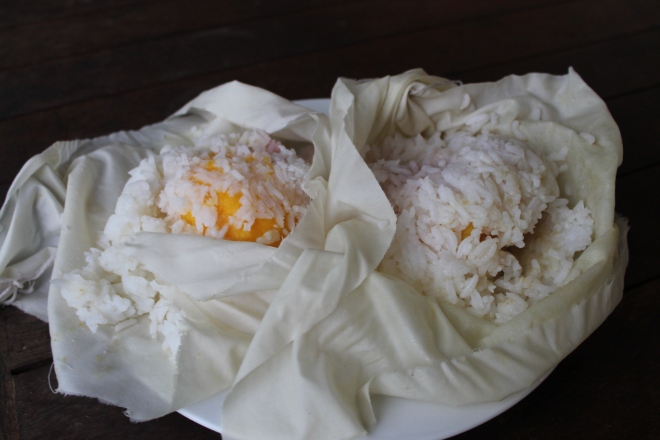
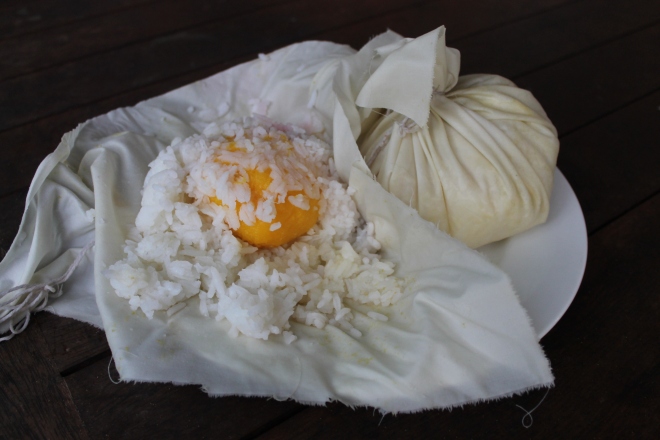

![Girl with a Basket of Eggs by Joachim Beuckelaer (circa 1533–1575) [Public domain], via Wikimedia Commons](https://turnspitandtable.files.wordpress.com/2015/09/beuckelaer_girl_with_a_basket_of_eggs.jpg?resize=496%2C387)

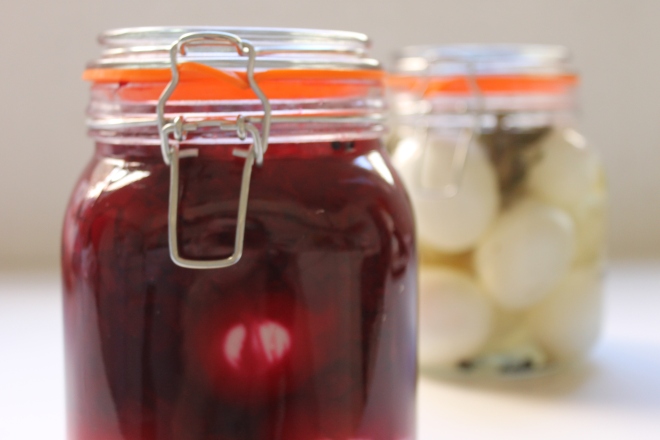





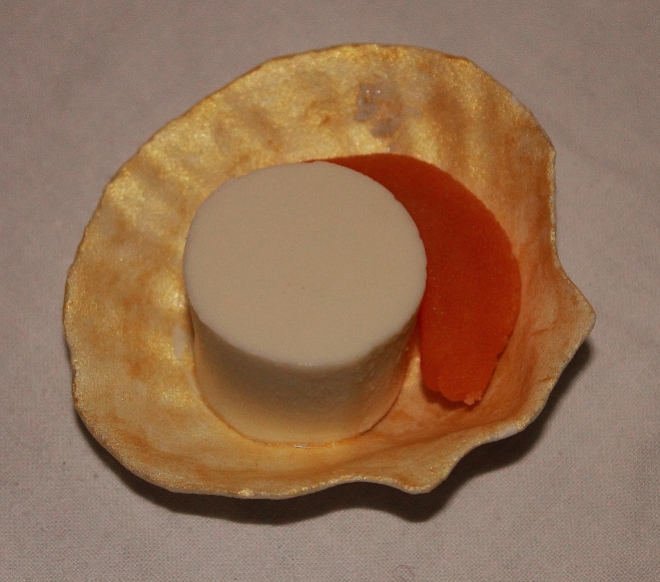
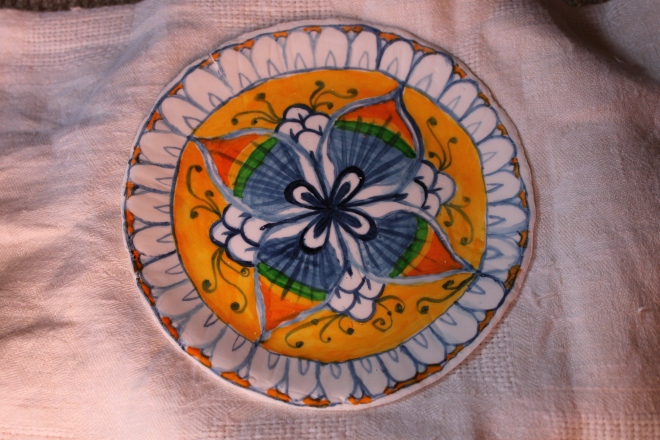







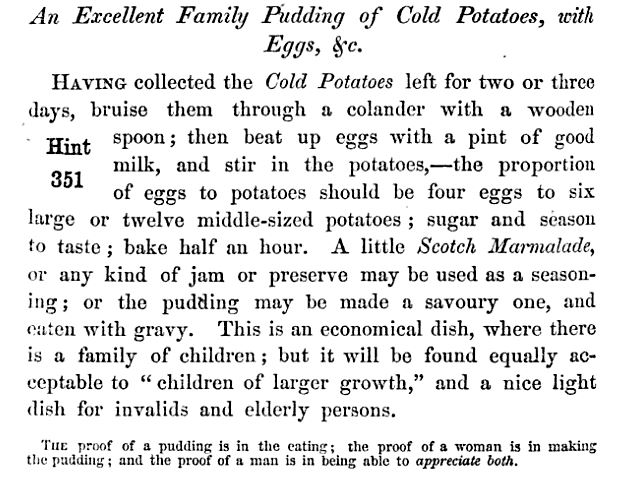

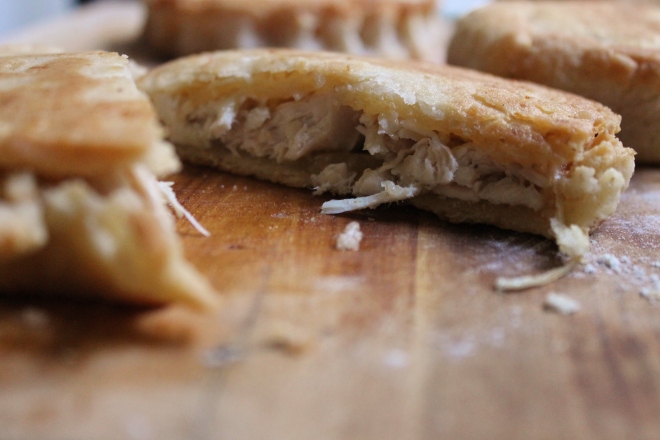
![A page from Ulrich von Richental's 15th century The Chronicle of the Council of Constance. Note the oven on wheels, that's real fast food! See page for author [Public domain], via Wikimedia Commons](https://turnspitandtable.files.wordpress.com/2015/06/konstanzer_richental_chronik_pastetenbaecker.jpeg?w=660&resize=660%2C892)
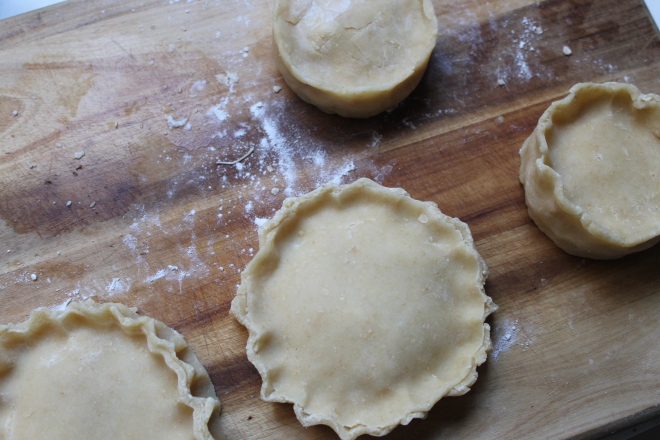
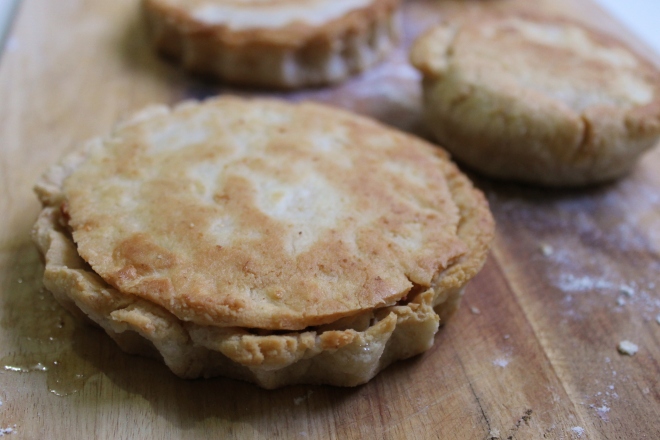
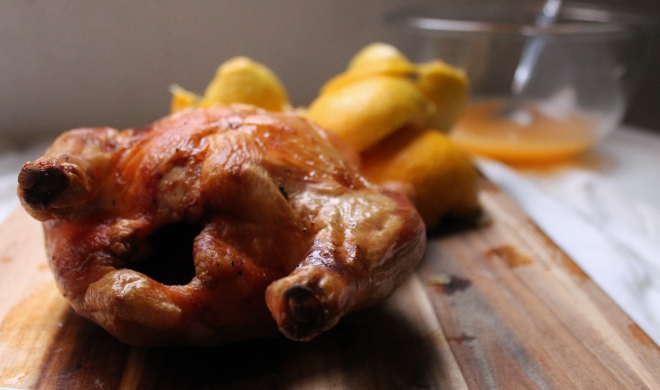
![By Franz Eugen Köhler, Köhler's Medizinal-Pflanzen (List of Koehler Images) [Public domain], via Wikimedia Commons](https://turnspitandtable.files.wordpress.com/2015/05/citrus_aurantium_-_kc3b6hlere28093s_medizinal-pflanzen-042.jpg?resize=473%2C577)
